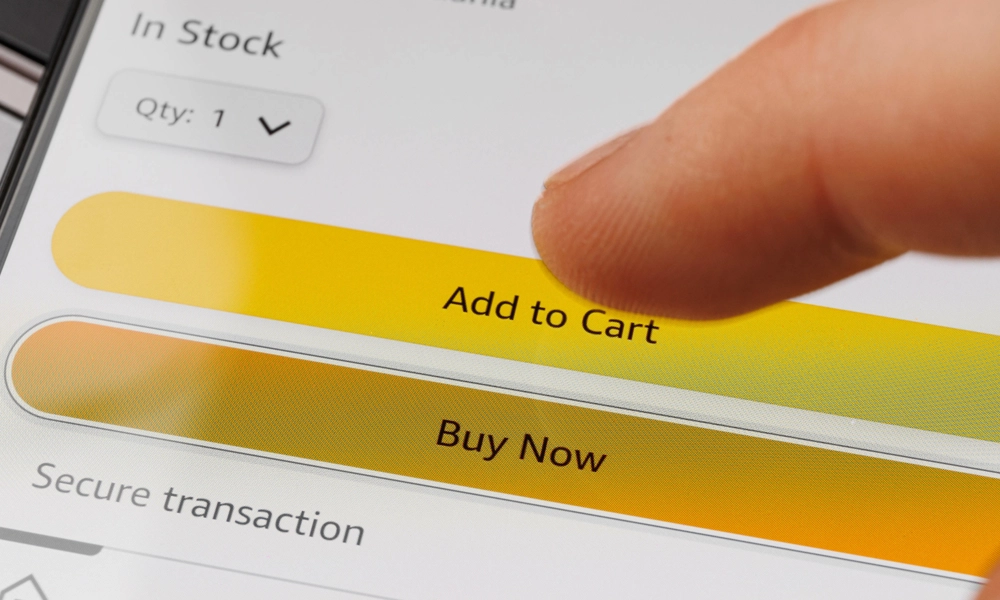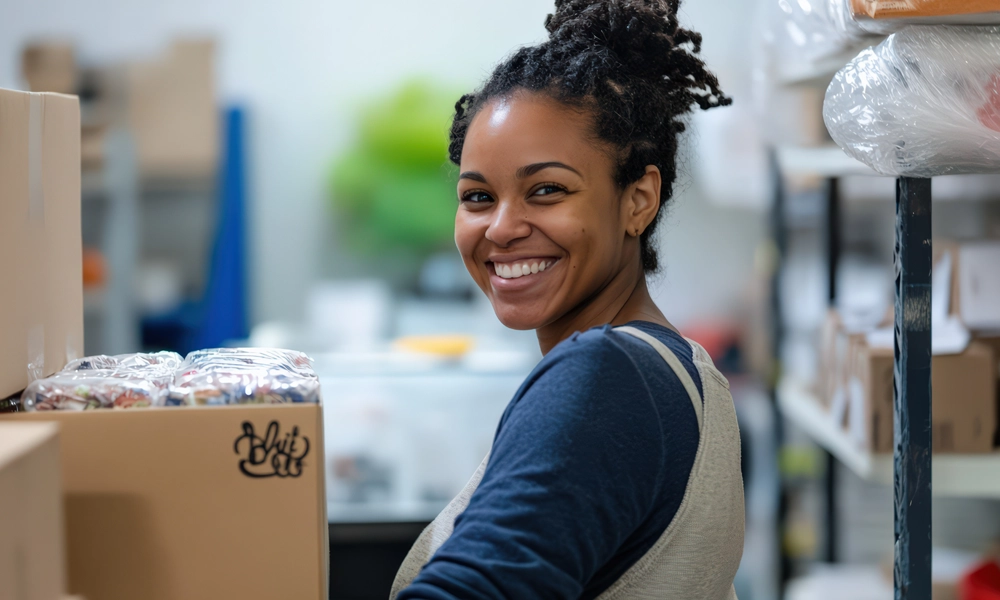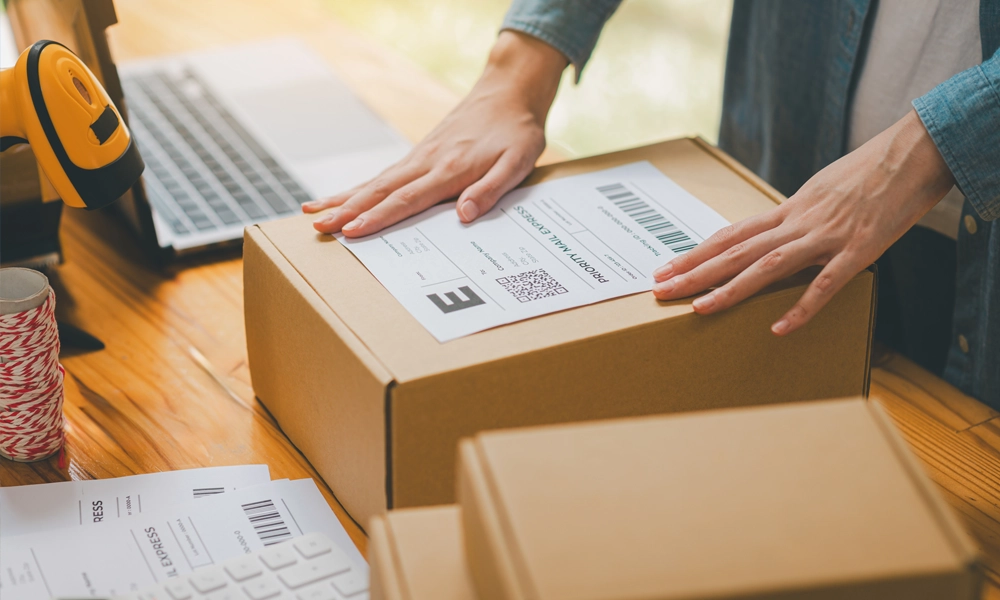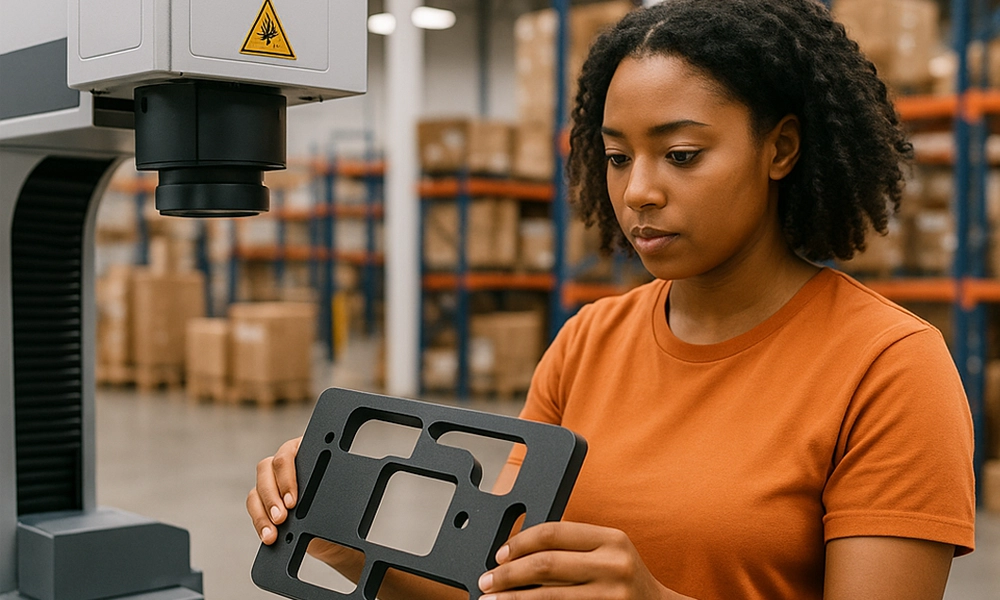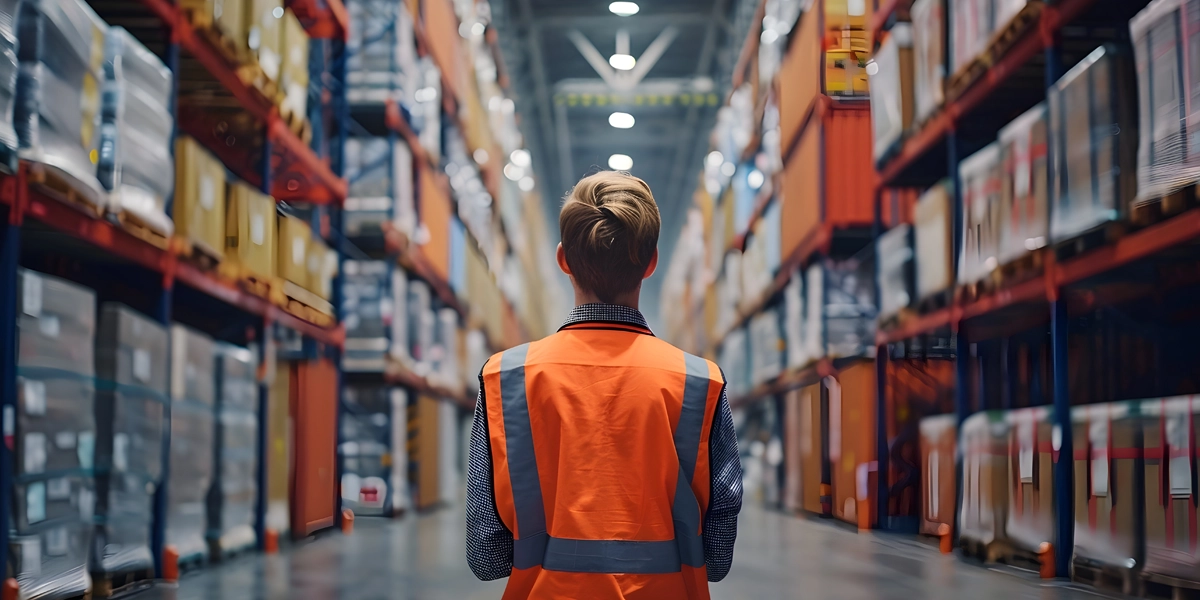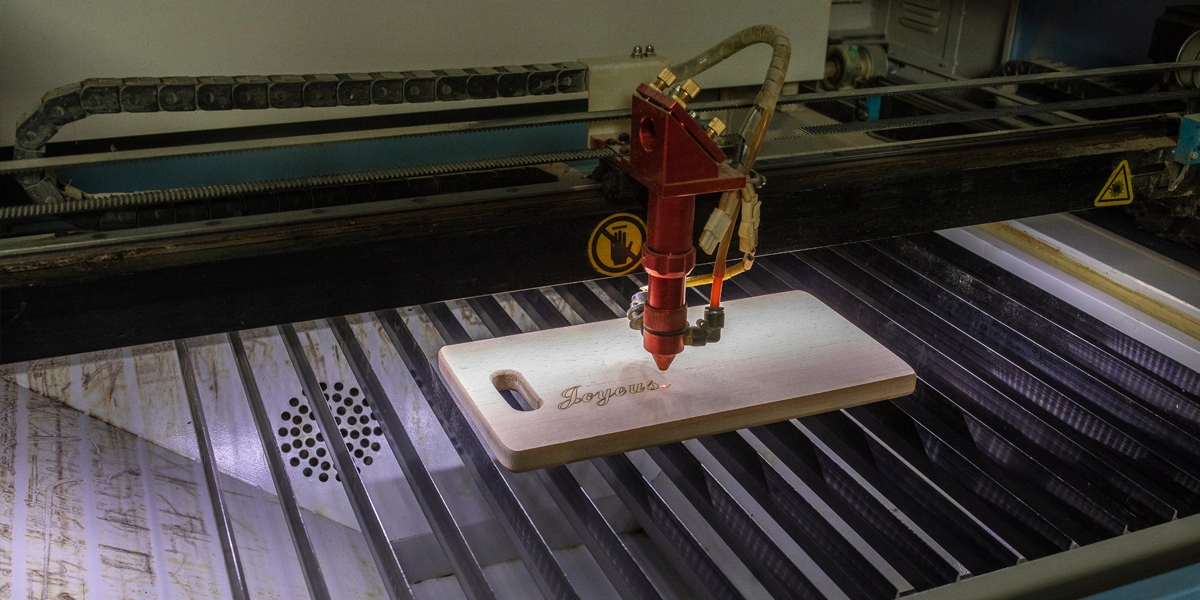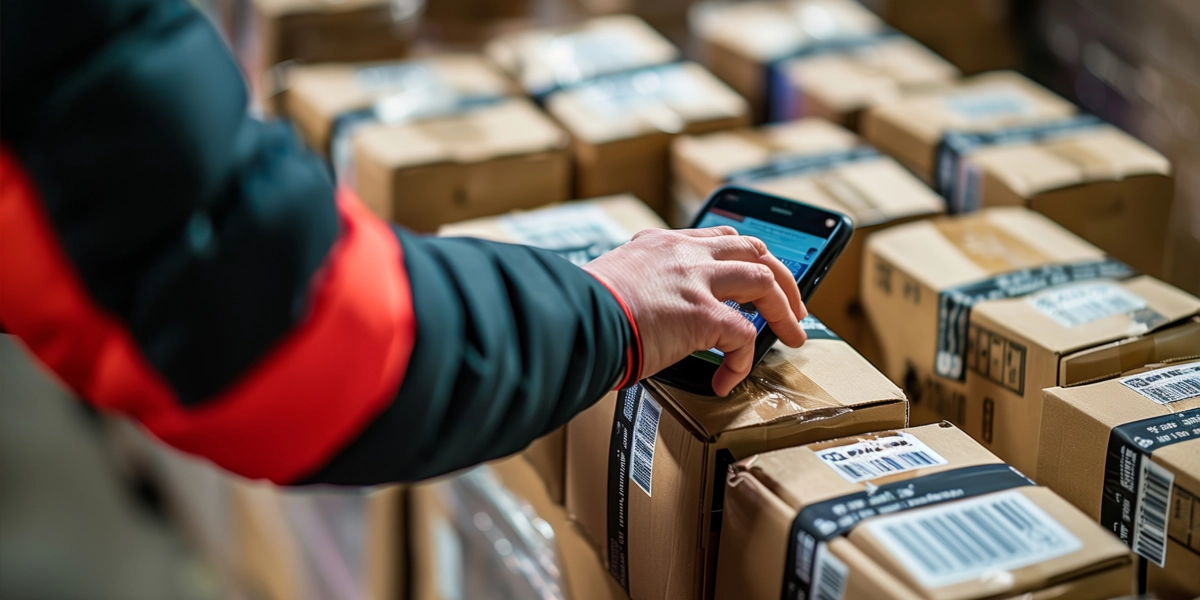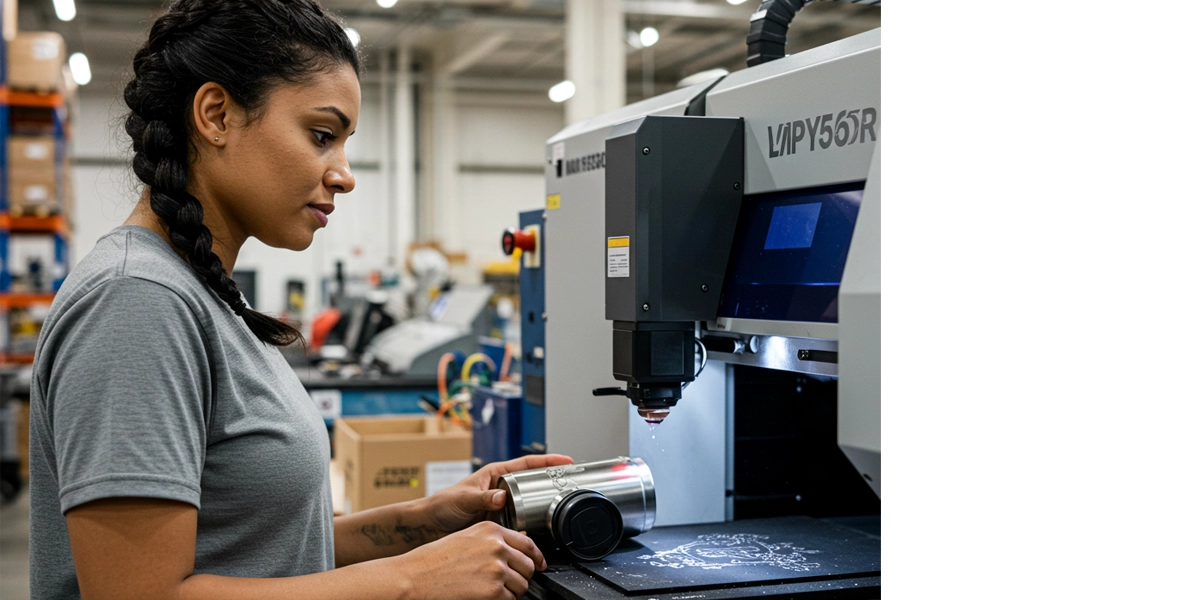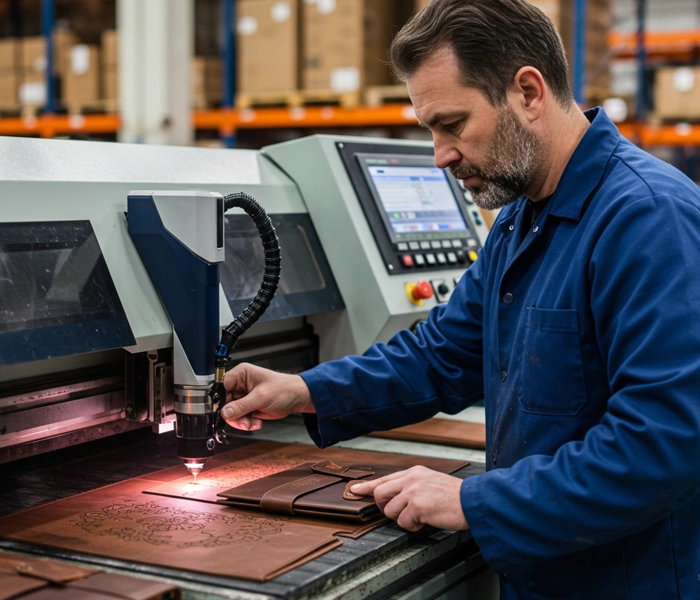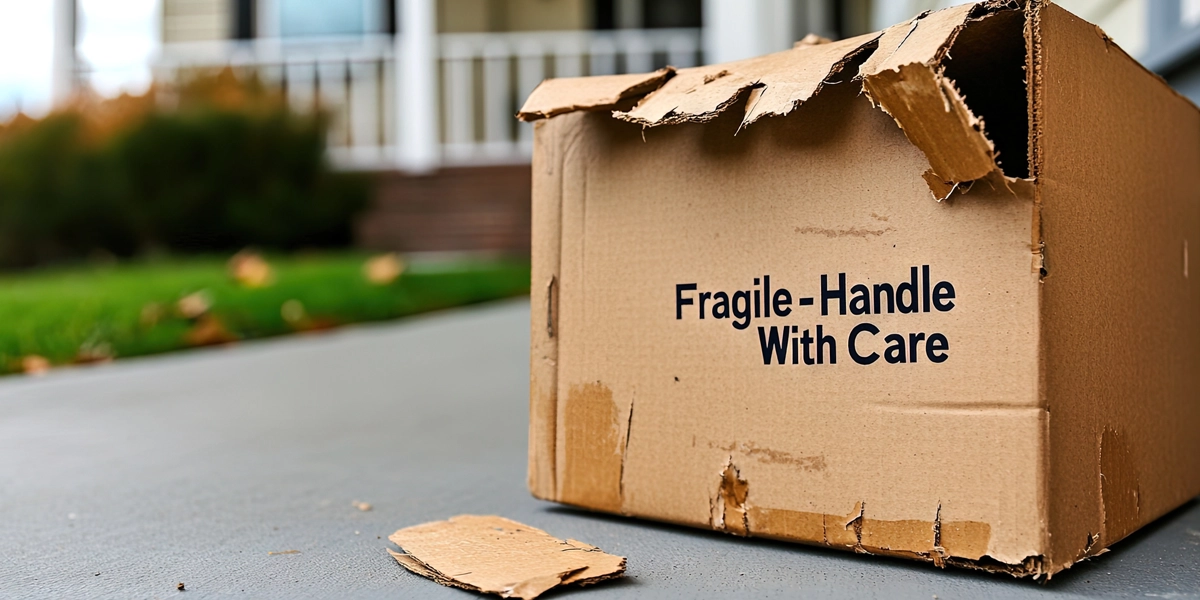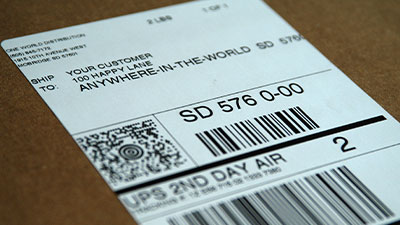In This Article:
Over the weekend, Atlanta entrepreneur Kelley Knight took to Instagram to deliver some news: She’s sick. The owner of Modern Mystic Shop assured her followers that she was staying home, taking care of herself — and making sure her customers’ online orders were still seamlessly making their way to their mailboxes.
So, how does a small-business owner in self-quarantine keep e-commerce running smoothly when she can’t get her hands on the products? She fulfills orders directly from a warehouse, ensuring her customers are happy and her business is better equipped to weather the storm.
E-commerce shopping spikes
New York Times fashion critic Vanessa Friedman recently penned a column about online shopping geared toward consumers. She argued that while shopping might feel “self-indulgent” as we sit cooped up in our houses, afraid of the next round of news alerts, it’s also “an essential part of our economy [and] an enormous source of employment and creative expression.”
Friedman quotes Sacha Rose, CEO of pajama brand Derek Rose, who put it even more plainly in an email to clients: “Our online business is keeping us alive right now.”
As we all work to flatten the COVID-19 curve, consumers are balancing needs: On the one hand, they need to stay home and pinch pennies. On the other, they need to stock up on supplies, stave off boredom and provide for their families. Shopping online sits at the center.
E-commerce is booming in the wake of shelter-in-place orders and social-distancing efforts. According to global marketing research firm Nielsen, online consumer packaged goods (CPG) shopping has increased consistently over the past two years, but the recent spike is unprecedented. For the two weeks ending March 21, Nielsen reports that 35 percent more people had shopped online for CPG items. Total U.S. CPG sales increased by a staggering $8.5 billion from the two weeks prior, 15 times the average rate of change.
So what are people buying? The answers aren’t totally surprising. According to research firm Adobe Analytics, Americans are stocking up on health products, gym equipment, toilet paper and canned foods. The online-shopping boosts are significant:
- Home-fitness equipment sales have jumped 55 percent.
- Daily online sales of groceries in general have shot up 100 percent, while sales of nonperishable and shelf-stable foods have increased 69 percent.
- Toilet paper sales are up by 186 percent.
- Over-the-counter cold and flu meds have seen a 198 percent spike, while pain relievers are up 152 percent.
- Virus-protection products like hand sanitizer, gloves and masks jumped 817 percent.
Continue to meet consumer demands
The entire supply chain is stressed. Small creators and mega manufacturers alike are working to keep up with demand and fulfillment, in some cases canceling consumers’ orders when products are out of stock. Amazon warehouse employees and Instacart shoppers are striking over safety concerns. Delivery services are dealing with holiday-level volume.
Brands and retailers should brace for a “new normal.” As Nielsen points out, even after the COVID crisis is over, “the growth of online shoppers will sustain after they make their initial purchases.” In other words, your customers likely will continue to stockpile products they order online, and they’ll definitely expect those products to be in stock and show up on time.
Right now and in the long-term, it’s crucial to have a reliable e-commerce partner you can trust to your business moving, from logistics and customer service to inventory distribution and order fulfillment. Keeping up with the surge in online orders — and being able to offer fast shipping — will help you stand out. Outsourcing your order fulfillment to a partner with warehouses spread across the country means your products will reach your customers as rapidly as possible.
Successful brands are shifting alongside consumers’ shopping habits. Offering discounts, free two-day shipping, and other incentives can maintain or boost sales, especially if you’re able to diversify and offer a range of products other retailers might not have in stock.
But appealing to consumers goes beyond discount alerts; now is the time to continue to build trust and solidarity. Look at the example of Kelley Knight from earlier: She put a very real, human face to both the COVID and retail crises in this country, openly discussing not only her own health, but her customers’ crucial role in keeping her business afloat. In connecting with her customers “face to face” on Instagram, she is keeping them informed and inviting them to be part of a community. Acknowledging the truth — that people are scared, bored, uncertain and looking for connection — also acknowledges that we’re all in this together.
If you want to talk about how to keep your e-commerce business running smoothly during this crisis, you can call us at 1-866-289-9010 or email us at sales (at) owd (dot) com.
In This Article:
Subscribe to our Newsletter
Tincidunt urna mauris eu quam vulputate lobortis sit. Purus feugiat arcu nunc quisque massa ut.



